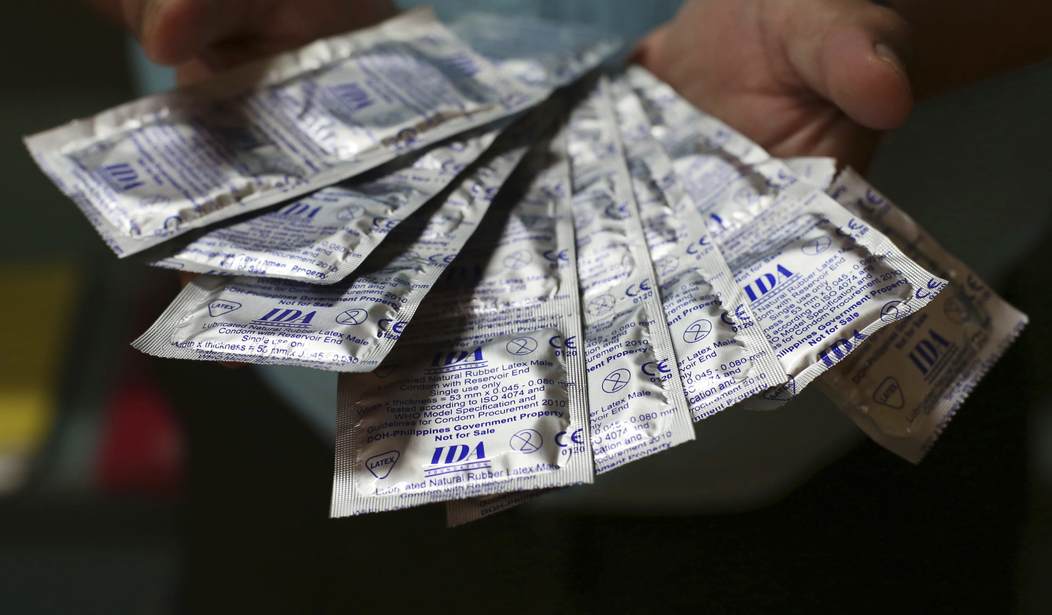Condom shortages are exacerbating efforts to bring the HIV/AIDS epidemic under control, the World Health Organization said in an update to mark 30 years since the first World AIDS Day (Dec. 1).
Last year, 1.8 million people were newly infected with HIV around the world. The rate of infections and HIV-related deaths means the global community won’t hit the target of ending AIDS by 2030.
About a million deaths occur each year because people don’t know that they’re HIV-positive, or they learn too late for the antiretroviral treatment to be effective.
The WHO said that “most new HIV infections and deaths are seen in places where certain higher-risk groups remain unaware, underserved or neglected,” with three-quarters of new HIV infections outside sub-Saharan Africa occurring among “men who have sex with men, people who inject drugs, people in prisons, sex workers, or transgender people, or the sexual partners of these individuals.”
About a third of new HIV infections happen in people 15 to 25 years old. With growth in the world’s population of young people, “high incidence among young people will equate to rises in the absolute numbers of new infections.”
“Condoms have been a basic but critical tool in prevention. In many communities of men who have sex with men, and sex workers, awareness-raising meant that the use of condoms became the norm. However, this messaging is not as strongly pushed now, and a new generation is growing up without being fully aware of the benefits of using condoms, and many countries have shortages,” the WHO said. “The introduction of harm-reduction programmes (including needle and syringe programmes and opioid substitution therapy) in a range of cities in the mid to late 1980s prevented and reversed explosive HIV epidemics associated with drug injecting, but such effective public health programmes face legal barriers and a lack of political will in many countries, resulting in very low coverage in most countries.”
Since the beginning of the epidemic, more than 70 million people have contracted HIV and half of those have died. About 37 million people around the world live with HIV today, and 22 million of those are receiving treatment.
“The challenges in the years ahead are clear: we need to reach the 25 percent of people who have HIV and don’t know and support them to test and link to treatment,” said Dr. Rachel Baggaley, coordinator of HIV testing and prevention at WHO. “We need to increase access to prevention – to condoms, to voluntary medical male circumcision, to harm reduction and to [pre-exposure prophylaxis]. We need to prioritize HIV services for vulnerable and hard-to-reach groups such as people in prisons, people who inject drugs, men having sex with men, transgender people and sex workers.”
“These key populations continue to be left behind, not benefiting from the huge advances in HIV testing, prevention and treatment made over the past 30 years,” she added.









Join the conversation as a VIP Member